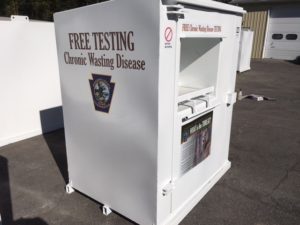HUNTER EDUCATION – George Sullivan
6/8/19 Midland Club 9:00am – 4:00pm
6/15/19 Pine Run 9:00am – 4:00pm
8/24/19 Pine Run 9:00am – 4:00pm
9/7/19 Concord United Methodist Church 9:00am – 4:00pm
9/14/19 Gobblers Knob Hunting Preserve 9:00am – 4:00pm
9/23/19 & 9/24/19 Ambridge Club 5:30pm – 9:00pm
9/28/19 Aliquippa Club 9:00am – 4:00pm
11/7/19 & 11/ 8/19 Concord United Methodist Church 5:30pm – 9:00pm
